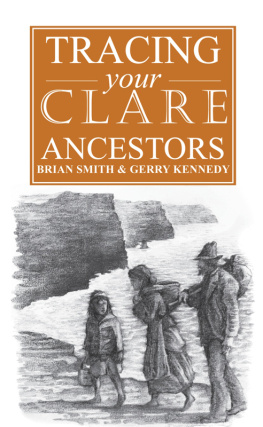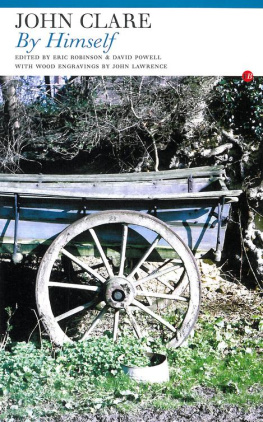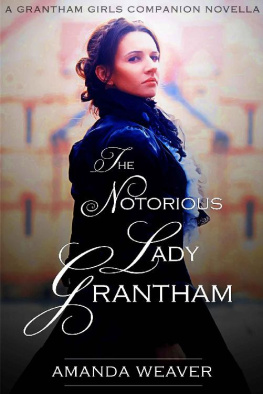Clare P. Weaver - Thank God My Regiment an African One
Here you can read online Clare P. Weaver - Thank God My Regiment an African One full text of the book (entire story) in english for free. Download pdf and epub, get meaning, cover and reviews about this ebook. year: 2000, publisher: Louisiana State University Press, genre: Politics. Description of the work, (preface) as well as reviews are available. Best literature library LitArk.com created for fans of good reading and offers a wide selection of genres:
Romance novel
Science fiction
Adventure
Detective
Science
History
Home and family
Prose
Art
Politics
Computer
Non-fiction
Religion
Business
Children
Humor
Choose a favorite category and find really read worthwhile books. Enjoy immersion in the world of imagination, feel the emotions of the characters or learn something new for yourself, make an fascinating discovery.

- Book:Thank God My Regiment an African One
- Author:
- Publisher:Louisiana State University Press
- Genre:
- Year:2000
- Rating:3 / 5
- Favourites:Add to favourites
- Your mark:
- 60
- 1
- 2
- 3
- 4
- 5
Thank God My Regiment an African One: summary, description and annotation
We offer to read an annotation, description, summary or preface (depends on what the author of the book "Thank God My Regiment an African One" wrote himself). If you haven't found the necessary information about the book — write in the comments, we will try to find it.
Thank God My Regiment an African One — read online for free the complete book (whole text) full work
Below is the text of the book, divided by pages. System saving the place of the last page read, allows you to conveniently read the book "Thank God My Regiment an African One" online for free, without having to search again every time where you left off. Put a bookmark, and you can go to the page where you finished reading at any time.
Font size:
Interval:
Bookmark:
MY REGIMENT
AN AFRICAN ONE

MY REGIMENT
AN AFRICAN ONE
Colonel Nathan W. Daniels
Baton Rouge
All rights reserved
Louisiana Paperback Edition, 2000
Typeface: New Caledonia
Typesetter: Wilsted & Taylor Publishing Services
p. cm.
Includes bibliographical references and index.
ISBN 978-0-8071-2566-3 (pbk. : alk. paper)
1. Daniels, Nathan W., d. 1867Diaries. 2. United States. Army. Native Guard Infantry Regiment, 2nd (1862-1863) 3. Ship Island (Miss.) 4. New Orleans (La.)HistoryCivil War, 1861-1865Personal narratives. 5. United StatesHistoryCivil War, 1861-1865Personal narratives. 6. LouisianaHistoryCivil War, 1861-1865Regimental histories. 7. United StatesHistoryCivil War, 1861-1865Regimental histories. 8. SoldiersUnited StatesDiaries. 9. United StatesHistoryCivil War, 1861-1865Participation, Afro-American. 10. Afro-American soldiersHistory19th century. I. Weaver, C.P., 1939- II. Title.
E510.5 2nd.D36 1998
973.7463dc21
CIP

by Edwin C. Bearss
January 12-April 28, 1863
April 29-September 26, 1863
Officer Roster
Enlisted Roster with Company Officers
Ships and Captains
Font size:
Interval:
Bookmark:
Similar books «Thank God My Regiment an African One»
Look at similar books to Thank God My Regiment an African One. We have selected literature similar in name and meaning in the hope of providing readers with more options to find new, interesting, not yet read works.
Discussion, reviews of the book Thank God My Regiment an African One and just readers' own opinions. Leave your comments, write what you think about the work, its meaning or the main characters. Specify what exactly you liked and what you didn't like, and why you think so.










